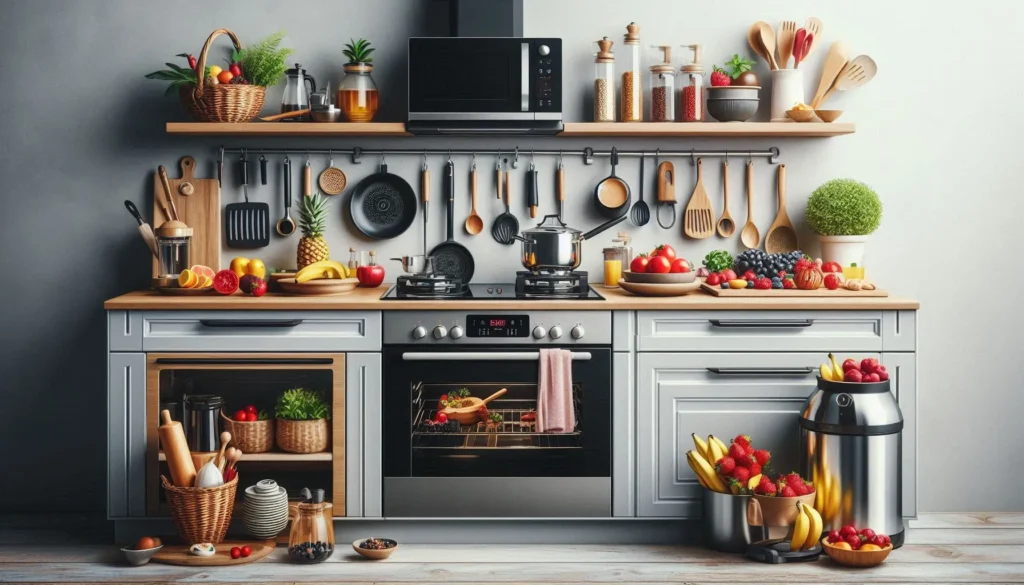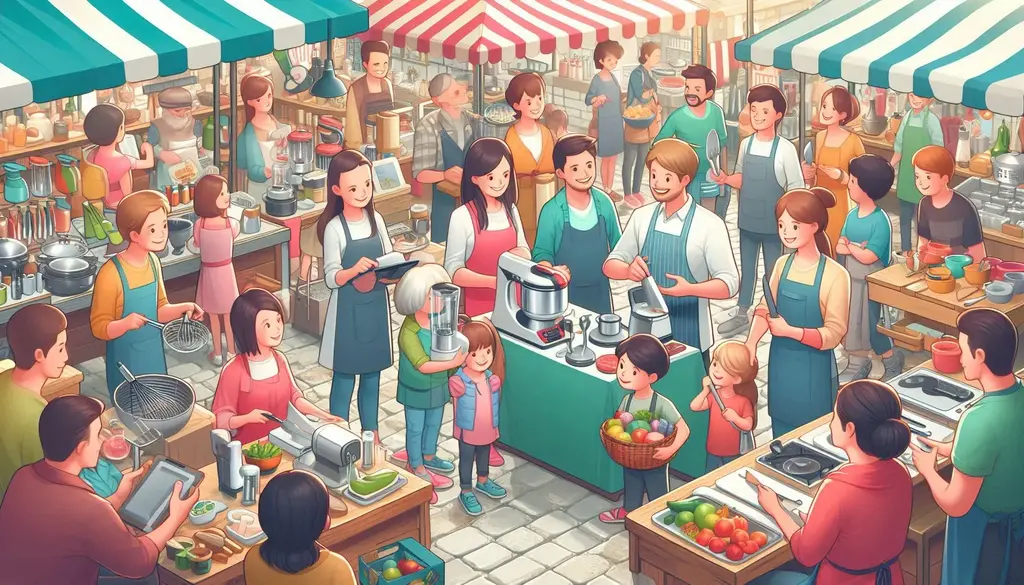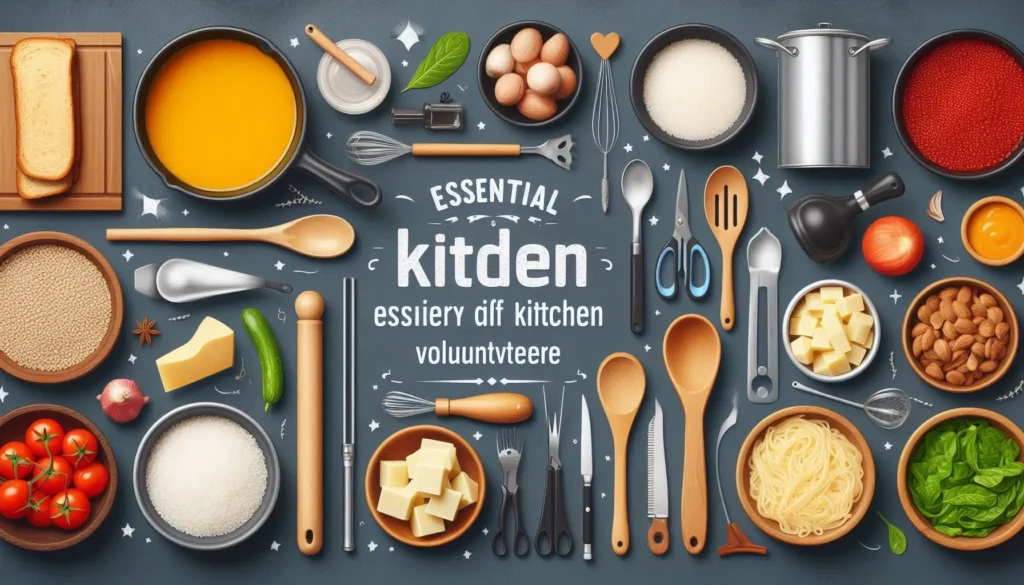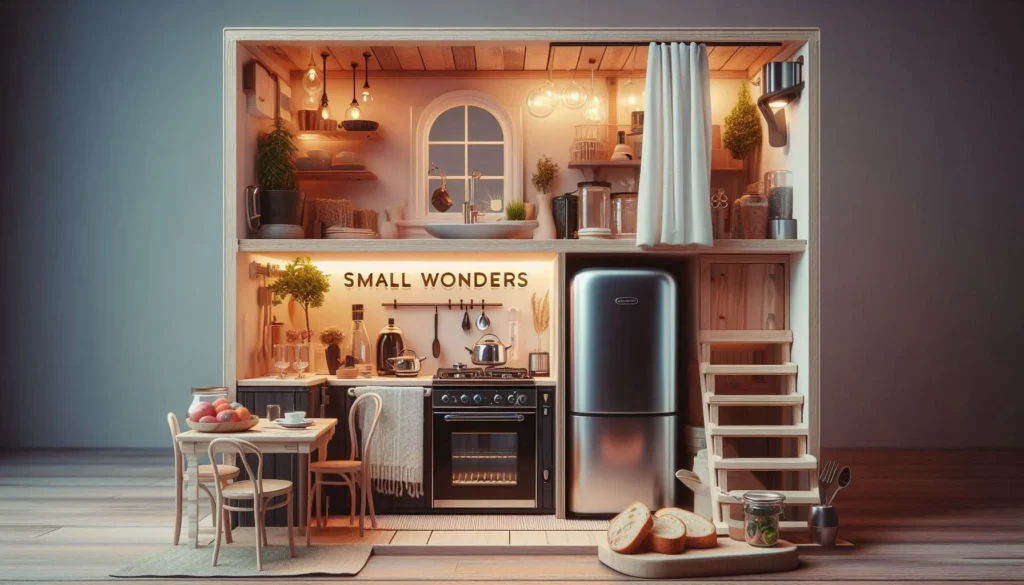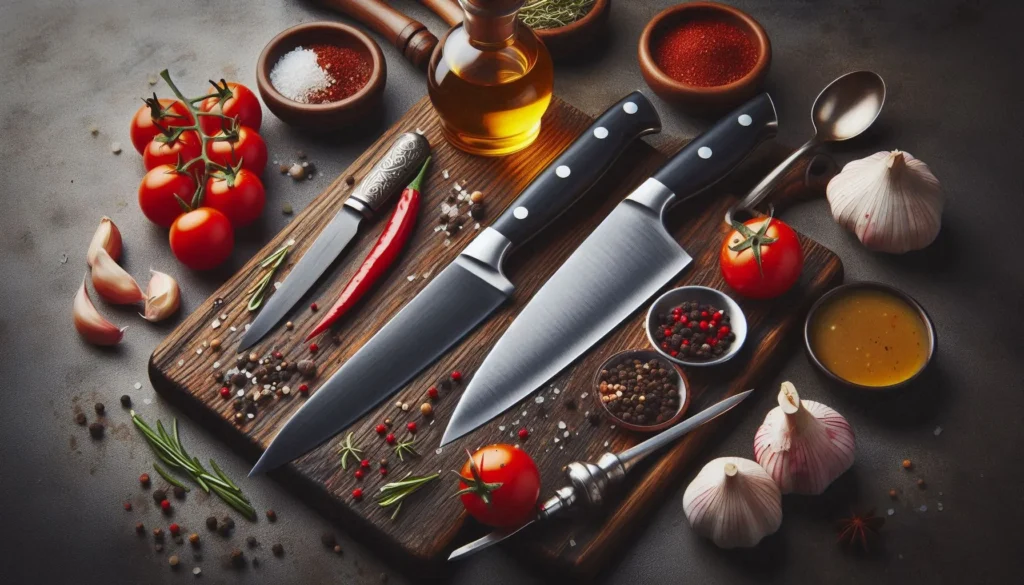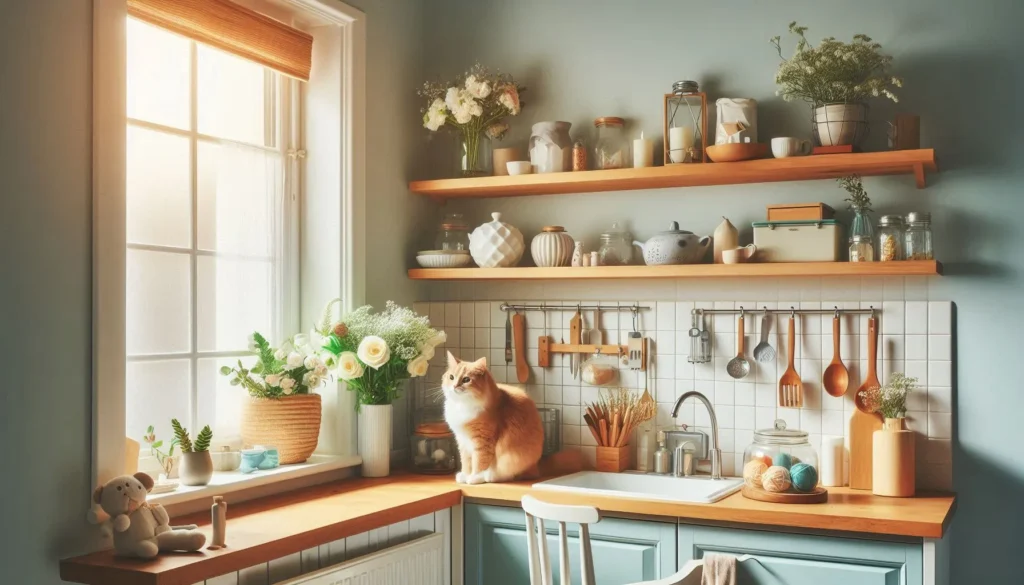Why choose wooden cooking tools? The solution depends on their distinct mix of capability and visual appeal. Wood utensils are not only durable yet also bring warmth and character to your kitchen. This guide checks out the most effective wood alternatives for cooking utensils, in addition to insights into care, maintenance, and what to think about before making a choice.
The Appeal of Wood Utensils
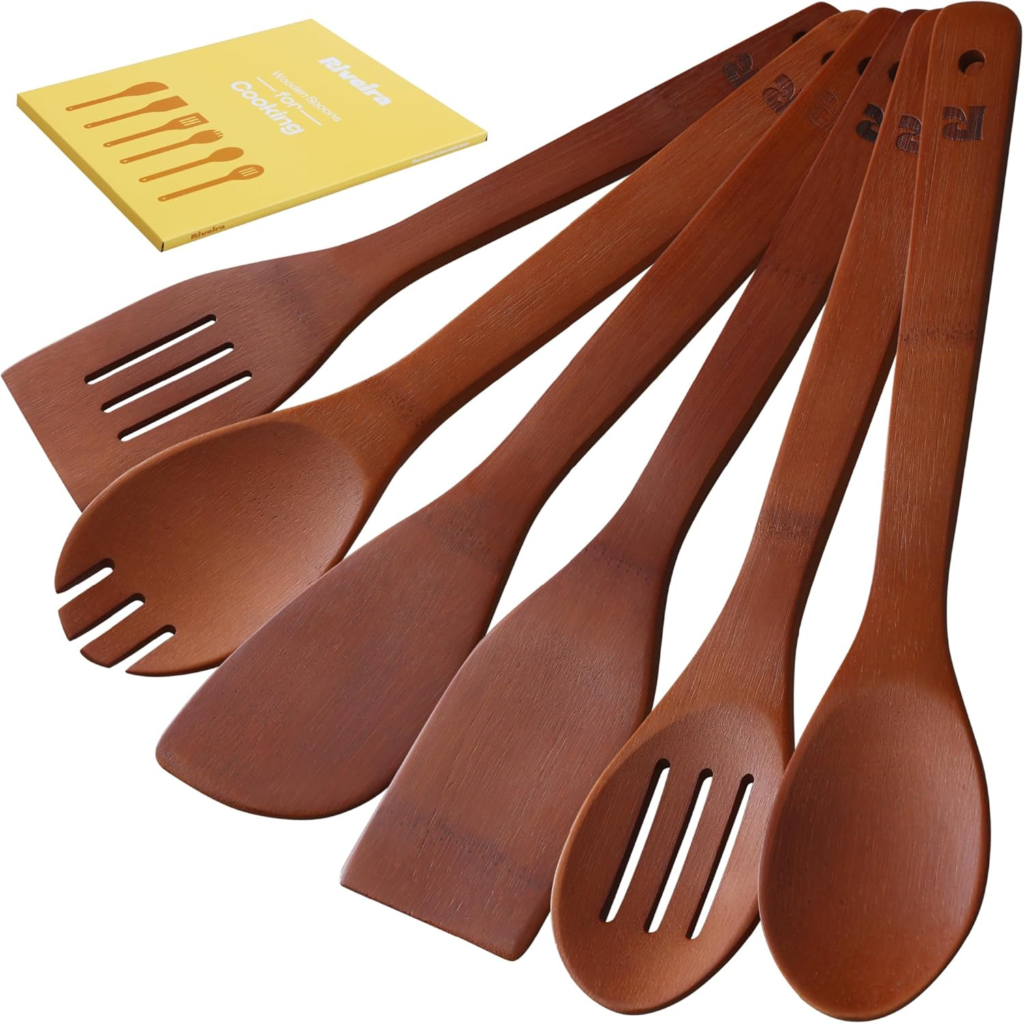
Wood utensils have beauty that other products can not match. They are gentle on cookware, making them perfect for non-stick surface areas. Their aesthetic appeal can boost the appeal of your cooking area, making cooking a much more enjoyable experience.
Sturdiness and Long Life of Wood
Quality wood utensils can last for many years, typically outliving their plastic counterparts. The appropriate type of wood gives exceptional toughness and resistance against deterioration. With proper care, wooden tools remain useful and stunning for a very long time.
Environmental Influence and Sustainability
Wood tools are generally much more eco-friendly contrasted to plastic or metal alternatives. Unlike nonrenewable fuel sources, timber is renewable. By choosing sustainably sourced timber, you can support accountable forestry techniques that aid the earth.
Top Timber Choices for Cooking Utensils
Hardwood Options: Durability and Warm Resistance
Maple: Toughness, Thickness, and Workability
Maple is a preferred selection for food preparation tools due to its firmness and smooth grain. It resists nicks and scrapes, keeping its appearance in time. This thick timber can withstand high temperatures, making it perfect for numerous cooking tasks.
Beech: Hardness, Thickness, and Water Resistance
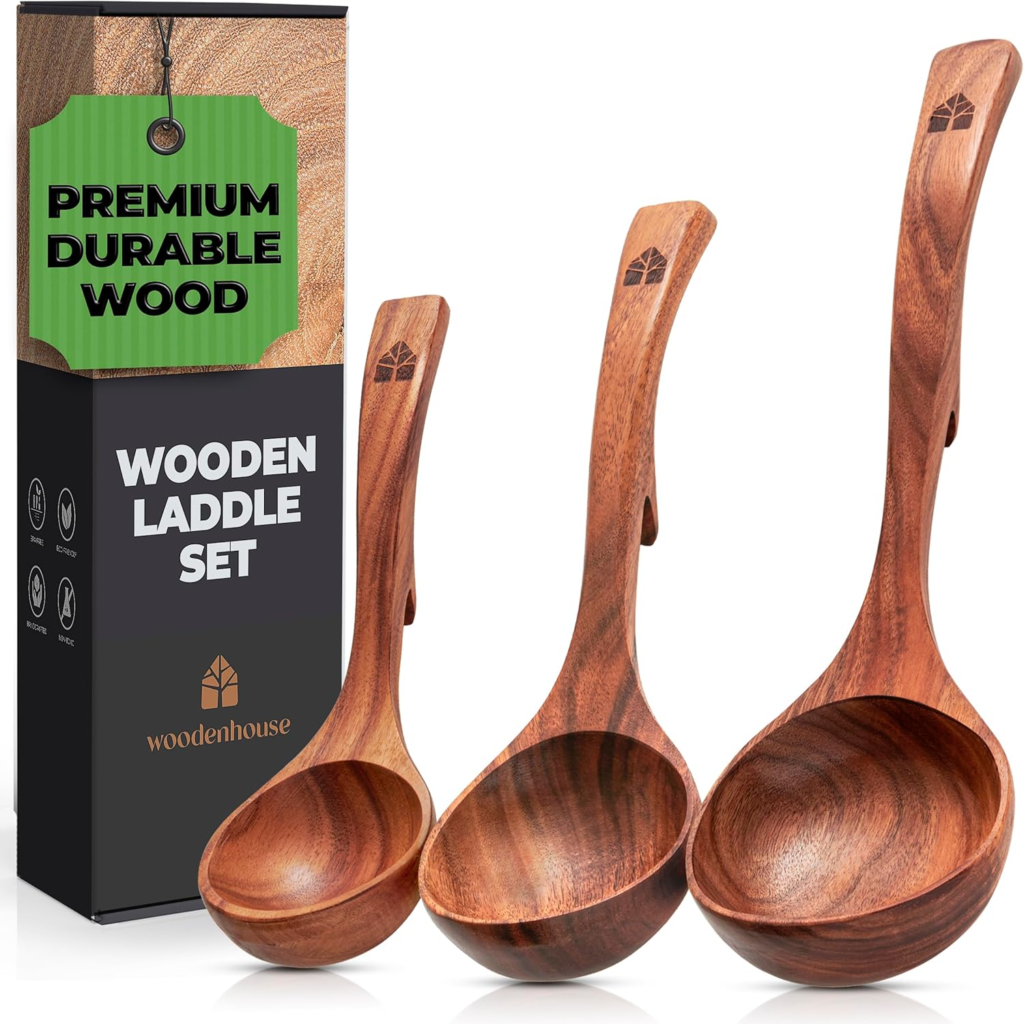
Cherry timber’s rich color deepens with age, including character to your kitchen. It’s light-weight and will not damage non-stick surface areas. Its softness makes it less resilient than woods, yet its elegance and feature balance that out.
Beech wood is known for its spectacular pale color and great grain. It’s solid and durable, which means it won’t warp quickly. With natural water resistance, beech is much less likely to take in wetness, making it an outstanding choice for cooking utensils.
Softwood Options: Lightweight and Budget-Friendly
Cherry: Looks and Mild on Cookware
Birch: Price and Sustainability
Birch timber is economical and frequently made use of for its sustainability. It’s light in weight yet strong. This makes birch an excellent selection for day-to-day tools without breaking the financial institution.
The firmness of wood impacts its capability to resist scratches and damages. Hardwoods normally supply far better sturdiness, while softer choices may suit lighter jobs.
Elements to Think About When Picking Wood
Firmness and Thickness: Impact on Sturdiness and Durability
Grain Structure: Influence on Workability and Aesthetics
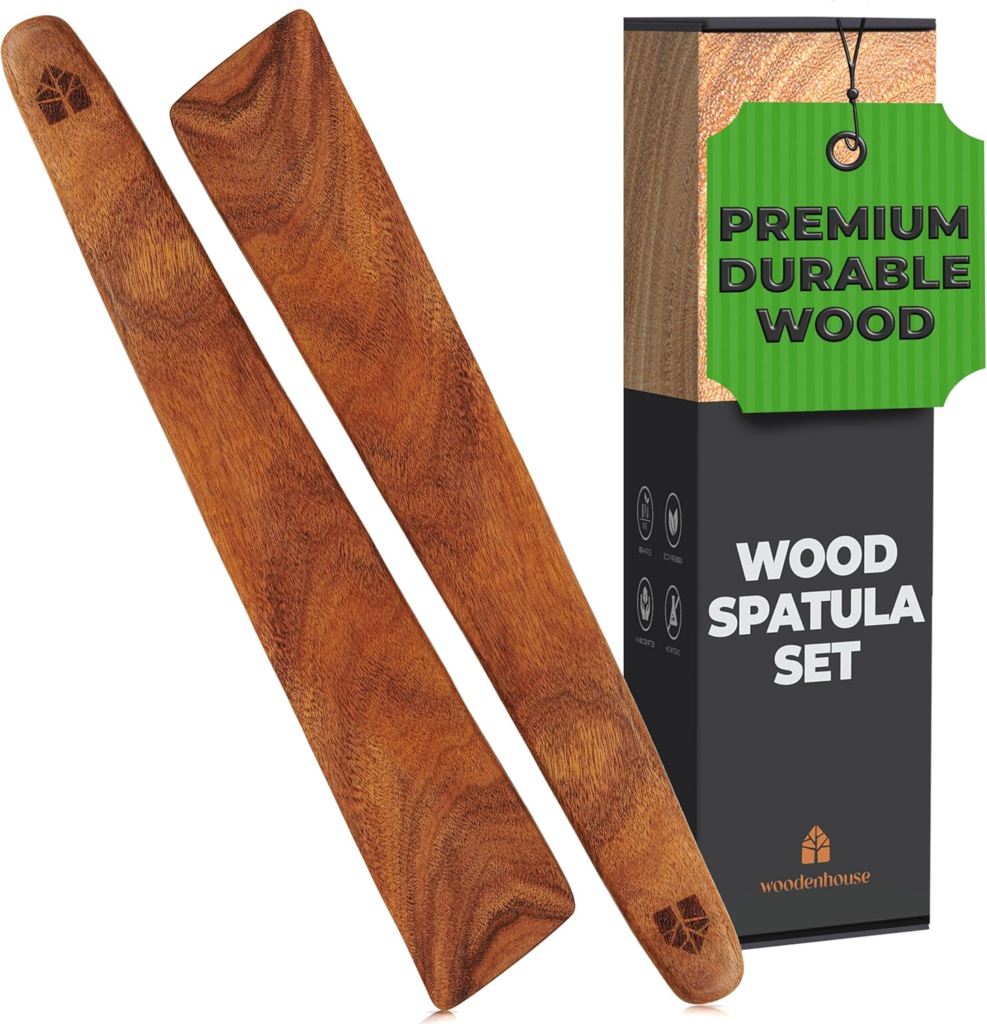
The grain framework not only impacts the look but also the feel of the tool. A fine grain often leads to smoother surface areas, creating simpler handling.
Water Resistance: Stopping Warping, Fracturing, and Mold
Some timbers have all-natural waterproof buildings. Choosing these can help stop usual issues like bending and mold and mildew development, especially if you wash your utensils regularly.
To maintain your wooden utensils in leading form, clean them by hand with light soap. Stay clear of saturating them or putting them in the dishwasher, as too much water can trigger damage. Dry them immediately after washing to stop wetness absorption.
Wood Care and Upkeep for Long-Lasting Tableware
Correct Cleaning and Drying Strategies
Protecting Against Discoloration and Staining
Discolorations can be challenging on wood tools. To combat this, clean spills quickly and stay clear of making use of strong chemicals. Frequently applying mineral oil can help secure the timber’s surface area.
Oil Treatments and Restoration
Routine oil therapies can restore the all-natural elegance of your tools. Use food-safe mineral oil or beeswax to create a safety barrier and enhance the appearance.
Some believe that wood utensils harbor germs. Nevertheless, study reveals that timber has all-natural antibacterial buildings. With appropriate cleansing methods, wooden tools stay risk-free for cooking area use.
Potential Downsides of Wooden Tools
Porosity and Bacteria Concerns: Attending To Misconceptions and Facts
Susceptibility to Damages: Warmth, Moisture, and Abrasion
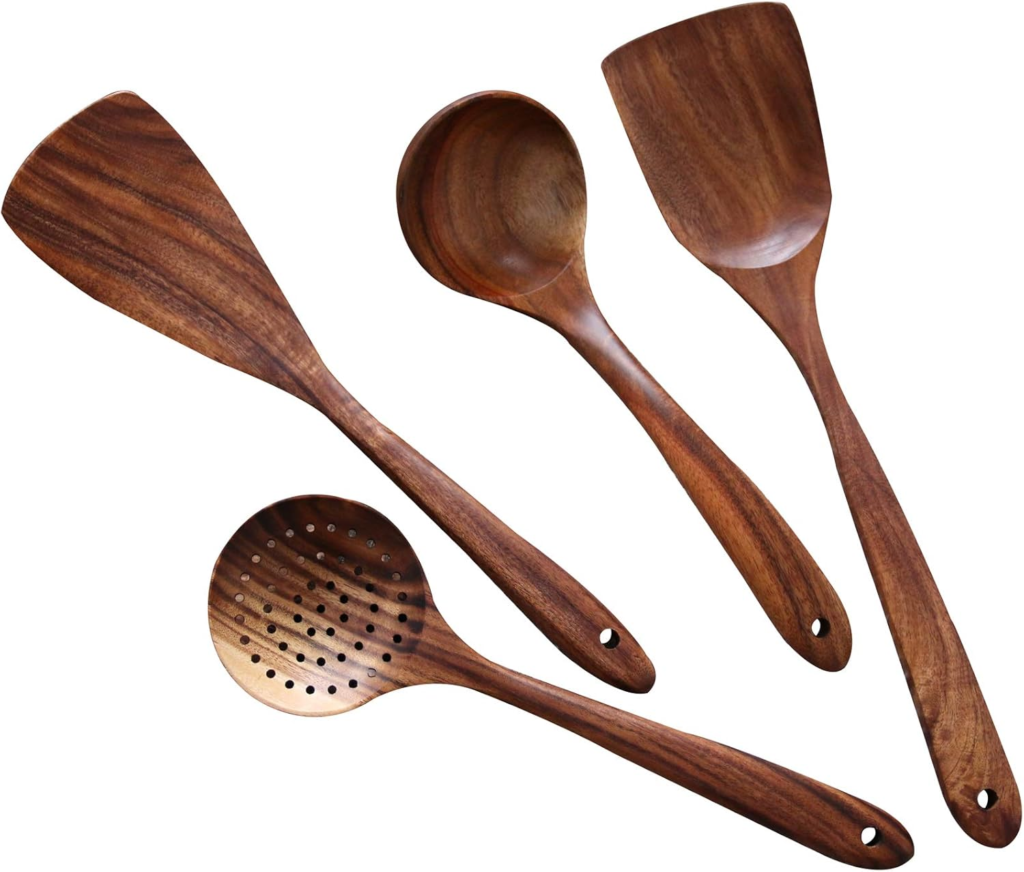
While wood is sturdy, it can be damaged by extreme heat and continuous direct exposure to wetness. Stay clear of utilizing wood tools in extreme problems to extend their life expectancy.
Think about exactly how frequently you’ll be utilizing the utensils and what sorts of food preparation you do. Woods are much better for regular use while softer woods might be adequate for occasional food preparation.
Selecting the Right Wood for Your Demands
Matching Wood Type to Food Preparation Style and Frequency of Use
Spending Plan Considerations and Value for Cash
Think of what you can manage. While woods may be pricier, their resilience indicates they can be a much better investment in the long run.
Visual Preferences and Cooking Area Style
Your kitchen’s overall design can assist your material selection. If you prefer a rustic look, opt for woods like cherry or birch that use a distinct character.
Final thought: Making an Educated Choice
In summary, wood cooking utensils offer longevity, sustainability, and a classic visual. Focus on the solidity, grain structure, and water resistance when picking the ideal timber. For newbie purchasers, begin with a flexible wood like maple or beech. Check out sources and reviews to further assist your decision.
Picking the best wood for food preparation utensils is a worthwhile investment. As you select your tools, consider their effect on your food preparation experience and the atmosphere. Happy food preparation!
✅ The story of kitchen tables is as much about their design as it is about their role in our lives. Dive into The Evolution of Kitchen Tables Through the Decades to see how they’ve transformed, and explore their enduring legacy as a centerpiece for connection in Kitchen Tables: A Hub for Family and Friends.
